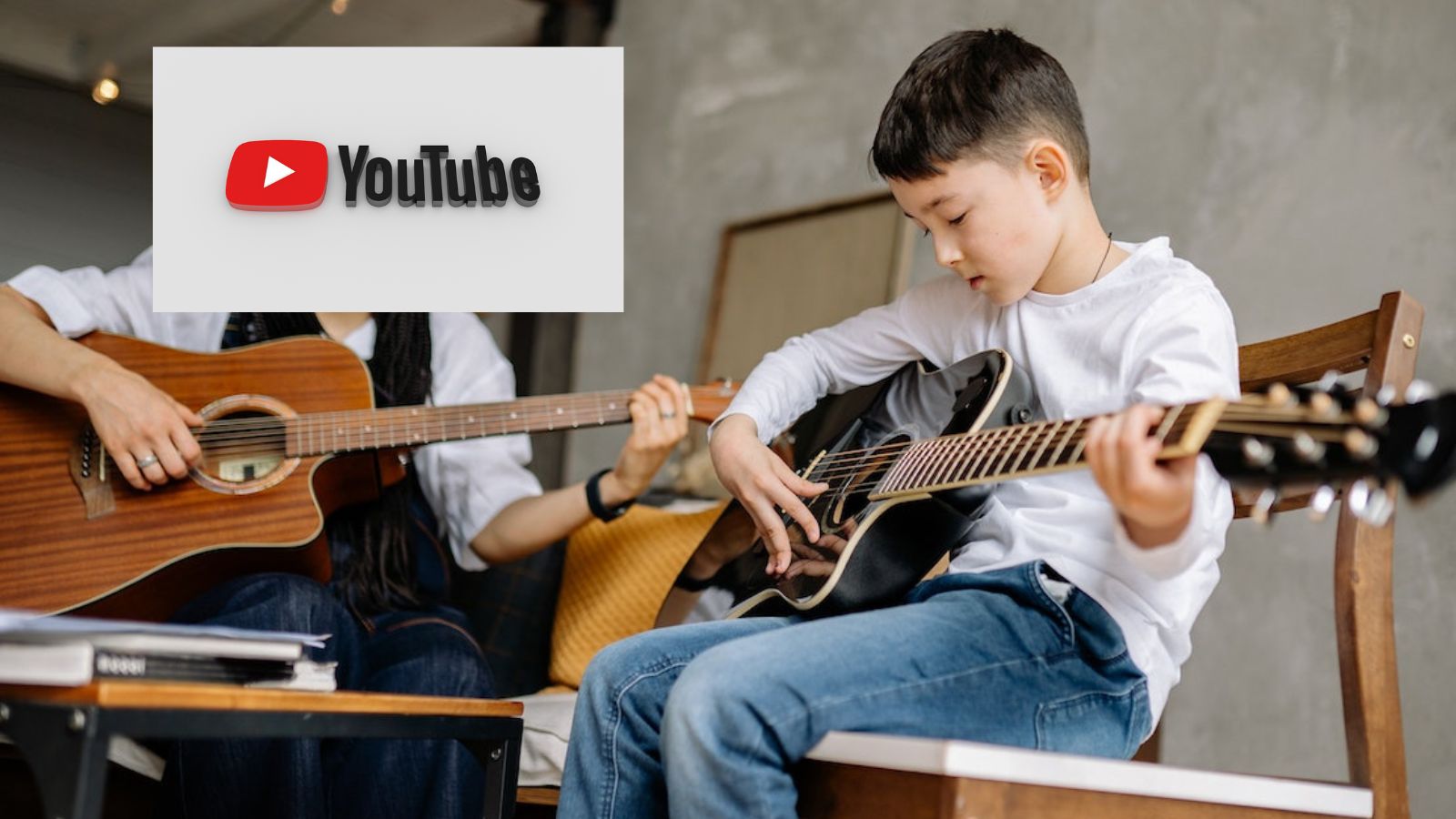If you are considering learning the guitar on your own – a DIY approach using YouTube or master classes or e-learning, you must’ve asked if a tutor is better. I learned from a tutor for a maximum of 6 months spread across 5 years before I was 16 and have been DIY ever since (I’m 32). So I developed a hybrid plan using my insights. You can get the best of both worlds with this hybrid approach.
A hybrid DIY plus tutor approach lets you get correct feedback in a timely way and create enough opportunity for self-discovery and self-paced learning, which is more convenient for most people than a teaching schedule. If you need the schedule and accountability, go to a tutor. If you are motivated and want to simplify your learning-related decision-making just enough to feel you are not lost, go hybrid.
Phase 1: Tutor
Buy a good guitar. Attend 10–15 sessions with a private tutor. Learn as thoroughly as you can. Ask a lot of questions. Take notes or video your tutor if needed from multiple angles to observe posture and finger movements to compare and take self-feedback. You can follow this lesson plan for the first 30 days of learning the guitar alongside what your tutor teaches you.
Phase 2: DIY
Choose DIY when you:
- Can identify when you go wrong and then you can put deliberate effort to correct it.
- Have a guitar and keep it in tune.
- Have links to good video instructions on the internet
- Have enough time for trial and error. This is when you learn the most.
- Have someone around you who knows more than you and can provide regular feedback on your playing status.
- Listen to a variety of music and watch close-up guitar-playing videos.
- Have a fairly rigorous plan to get your fingers trained. Basically, build finger dexterity while maintaining a good posture.
- Explore small musical phrases through tabs and concentrated listening. No harm if you can identify 3 notes in 2 hours of trial and error. Those 2 hours were probably your most significant hours as a budding musician.
Phase 3: Feedback and corrections from a Tutor
Maybe after playing a bit, go back to a tutor and seek guidance. This is when you should avoid playing scales up and down and just play something for the heck of it. It’s time to think creatively and musically. Once you learn something more from a tutor who can appraise you well, go back to your break and continue exploring your instrument through free and paid pre-recorded demonstrations. If all of the above 8 points are well maintained, you can be a very good self-taught guitarist.
Avoid getting stuck in a rut of repeating scales or chords over and over again. Try to always apply them musically. A good tutor will show you how to do this in Phase 3.
By now you will be at a playing level where you can carry out a sufficiently appropriate self-appraisal and know if you still need a tutor or not. Once you are in phase 3, I recommend you adopt a brain-based approach to guitar that includes feedback and strategy in learning.
When in doubt, ask an expert. And, feedback from all sorts of players will go a long way.
I strongly encourage this sort of mixture in learning because it can help you create a unique style and explore guitar playing with sufficient motivation. If you don’t have that motivation, try these tricks.



